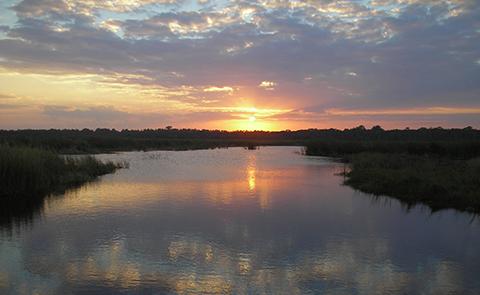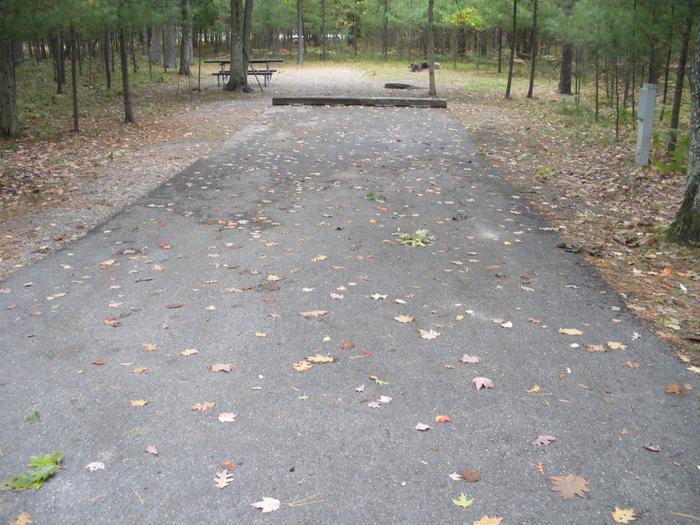Directions
The reserve is divided by the city of St. Augustine, Fla. It stretches approximately 30 miles north and 30 miles south of city, in St. Johns and Flagler counties.
Phone
904-823-4500
Activities
INTERPRETIVE PROGRAMS, VISITOR CENTER, WILDLIFE VIEWING, PHOTOGRAPHY, PADDLING, SWIMMING
Camping Reservations
Reserve your campsite at these camping areas:
Hiking Trails
Looking for nice hiking areas to take a hike? Choose from these scenic hiking trails:
Related Link(s)
Guana Tolomato Matanzas National Estuarine Research Reserve Twitter page
National Estuarine Research Reserve System Website
Guana Tolomato Matanzas National Estuarine Research Reserve Facebook page
State of Florida Guana Tolomato Matanzas National Estuarine Research Reserve site
The Guana Tolomato Matanzas National Estuarine Research Reserve encompasses approximately 55,000 acres of salt marsh and mangrove tidal wetlands, oyster bars, estuarine lagoons, upland habitat and offshore seas in Northeast Florida. It contains the northern most extent of mangrove habitat on the east coast of the United States. The coastal waters of the GTM Reserve are important calving grounds for the endangered Right Whale. Manatees, Wood Storks, Roseate Spoonbills, Bald Eagles and Peregrine Falcons find refuge in the reserve.







